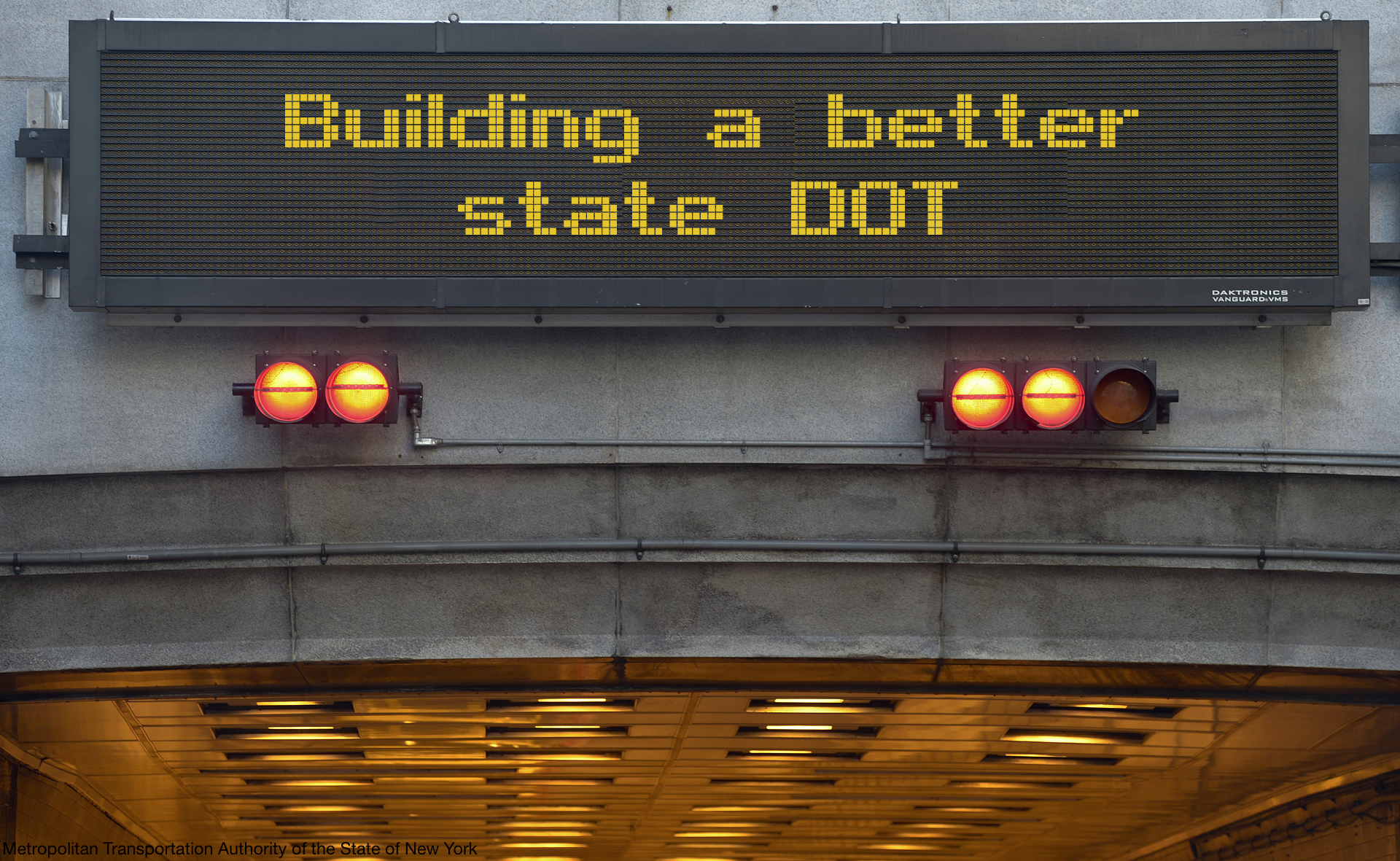
News
By Sean Doyle, March 19, 2019
 Don’t hate the state (DOT): They’re just solving the wrong problem: How did state DOTs get to where we are today and why should we bother trying to fix such agencies instead of just throwing out the whole system and starting over?
Don’t hate the state (DOT): They’re just solving the wrong problem: How did state DOTs get to where we are today and why should we bother trying to fix such agencies instead of just throwing out the whole system and starting over?
With the background taken care of we walked through seven different areas that state DOTs need to address to save money, accomplish their full missions, and actually create a transportation system that meets the needs of citizens in this century. These three posts summarize a series of more technical white papers that we developed as a result of our work with state DOTs.
- Building a better transportation system starts long before breaking ground: In this post we cover changes to DOT culture & administration, project scoping, and public engagement. Changes in these "upstream" practices can pay big dividends downstream as projects get closer to fruition.
- "Incorrect assumptions lie at the root of every failure": State DOTs design and fund projects based on a set of assumptions that are often taken for granted. But it's not the 1940s anymore; states need to re-evaluate their use of level-of-service and other design assumptions.
- If that road feels out of place, that’s probably because it is: States can build transportation networks that match the surrounding context and land use (instead of a one-highway-fits-all approach) and align their funding decisions with overall agency goals, even if that's not the norm today.
And finally, we wrapped up the series with a concrete look at how one state is augmenting some of its practices. While there are a handful of states that are on the forefront of this work—and we cite many of them in our white papers—Tennessee provides a helpful illustration of how states are taking their mission to build a safer, more equitable, and more multimodal transportation system to heart.
- How Tennessee DOT is turning Complete Streets policy into practice: TDOT was
the first of nine DOTs we engaged during this two-year long project working directly with states on practical solutions. Since then, they have taken (and continue to take) steps to update practices across the department to make roads safer for everyone.
For more information on practical solutions, download the white papers or reach out to us about providing assistance in your state.
Related News

© 2025 Smart Growth America. All rights reserved
Site By3Lane Marketing








